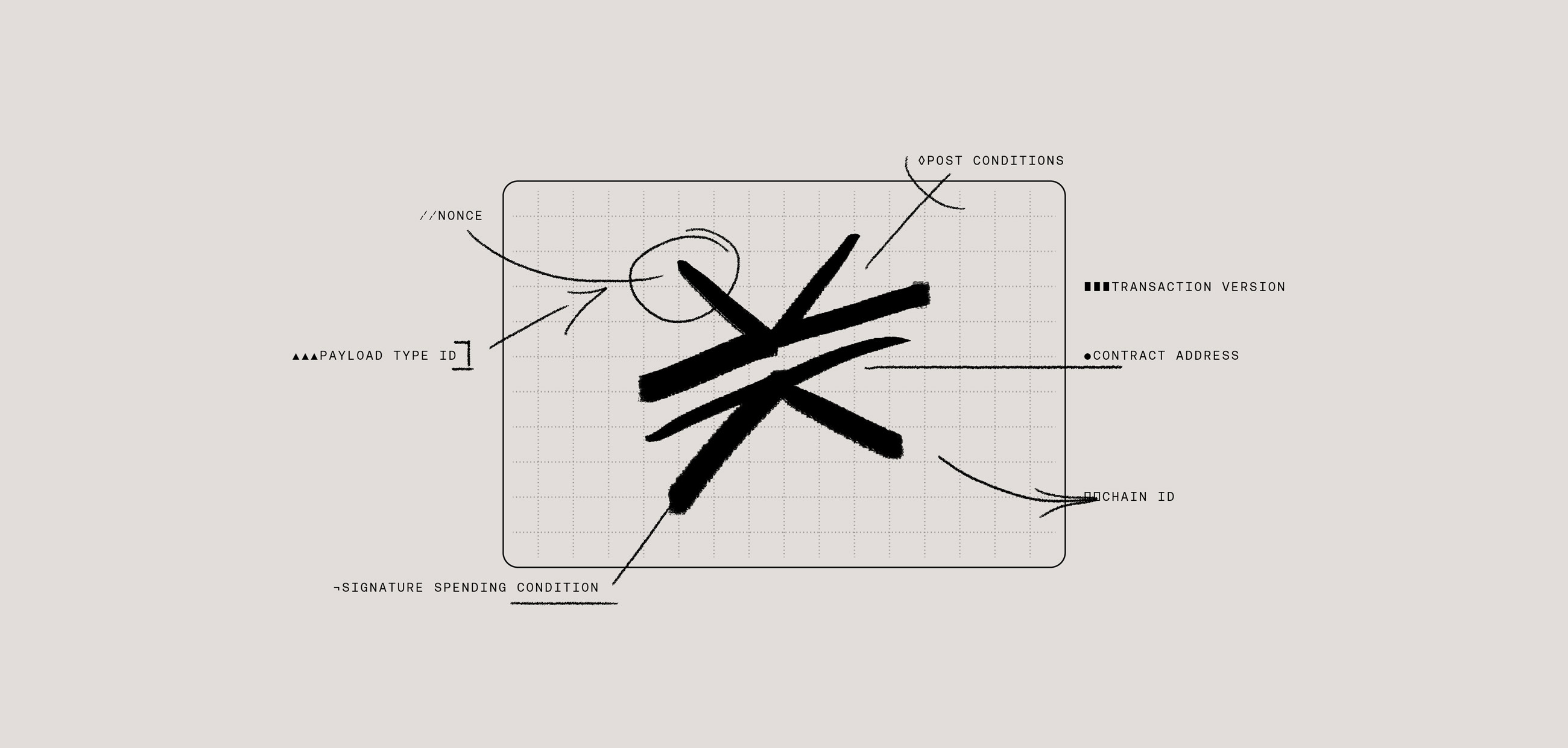What Is Taproot Assets?
Taproot Assets is a new protocol created by the Lightning Labs team that was released on mainnet (alpha) in October 2023. First proposed in December 2021 under the name Taro, Taproot Assets, according to its documentation, “is a new Taproot-powered protocol for issuing assets on the bitcoin blockchain that can be transferred over the Lightning Network for instant, high volume, low fee transactions.”
At a high level, Taproot Assets enables two types of transfers (sends and BTC swaps) for two types of assets—”Assets”, or fungible tokens, and “Collectibles”, or non-fungible tokens.
A key component in Taproot Assets is the MS-SMT data structure: a Merkle Sum, Sparse Merkle Tree. This structure enables the representation of assets, the verification of those assets, and simple rules governing how those assets can be transferred.
Some of the mechanics are actually quite complex, and I won’t go into all of the details in this blog. If you’re curious to dive in, you can read the documentation here. But stepping back, Taproot Assets concerns a general mechanism that allows for assets other than BTC to be represented on the Bitcoin blockchain.
And we already know that there is demand for this. The dramatic rise of ordinals and BRC-20 tokens in 2023 showcases just how powerful market demand is for issuing assets on Bitcoin.
To date, there have been 56M+ ordinals inscribed, of which roughly 47M are BRC-20 transactions. And there are times when ordinals activity accounts for the majority of transactions in a Bitcoin block.
To put those numbers into perspective with Taproot Assets, from this “universe” terminal, you can see a list of assets that have been issued via Taproot Assets. As of January 18th, there have been 77,255 assets minted across both FT and NFT tokens.
Ordinals and BRC-20 launched well before Taproot Assets (9 months and 7 months prior respectively) and have a head start, so we’ll see how this plays out over time and whether Taproot Assets gains significant market traction.
Building with Taproot Assets
At Hiro, we're curious about understanding the developer experience across Bitcoin layers, so we can build better tools for the Bitcoin ecosystem, whether for Stacks, another Bitcoin layer, or Bitcoin itself.
So I played around with Taproot Assets, and from my perspective, building with Taproot Assets is much more difficult than building on something like Ordinals. That’s true for three reasons.
- Taproot Assets requires all users to run a Bitcoin node, a Lightning node, and a Taproot Daemon. That’s significantly more complex than the requirements for ordinals, for example.
- In addition to requiring lots of software, Taproot Assets is also reliant on local data storage, which creates a risk of losses. If a user’s local machine fails, and there is no backup, then their Taproot Assets, and the BTC used to create those assets, will be lost.
- On top of that, “the Taproot Assets Protocol was designed to operate maximally off-chain”, which considerably limits the synergy between Taproot Assets and other Bitcoin layers, like Clarity smart contracts on Stacks, which have read access to Bitcoin state.
Building on Bitcoin is hard—we know that from experience building tools for Stacks. We applaud the builders pioneering ways to make Bitcoin payments scale while maximizing self-sovereignty. They’re tackling Lightning’s biggest challenges head on, from channel liquidity to asynchronous payments.
Envisioning Taproot Asset Integrations for Stacks
Naturally, we’ve received some questions of whether Taproot Assets impacts Stacks and how it does if so. We firmly believe that innovation on Bitcoin is net positive; a better Bitcoin means a better internet for everyone. We have a strong and positive relationship with Lightning. We’re not playing zero or negative sum games. A richer ecosystem on Bitcoin is great for Stacks.
That being said, we’re not currently exploring any Taproot Assets + Stacks integrations in the near term. Our current priorities are in the Stacks ecosystem and in Ordinals tooling. You can track our company focus areas here.
Fulfilling Different Needs for Bitcoin
We are friendly with the Lightning team and support their work. At the end of the day, Lightning and Stacks fulfill different needs for Bitcoin:
- Lightning brings payments to Bitcoin (Taproot Assets enables new asset representation on Bitcoin and enables those assets to trade via Lightning channels).
- Stacks brings smart contracts to Bitcoin.
Lightning is not a blockchain; it’s a peer-to-peer payment network. This means it has no global state or global history. This also means you cannot have a global smart contract state: smart contracts need that global ledger in order to function.
To be clear, that’s a feature, not a bug. Lightning is designed as a way to scale BTC payments, and it is very good at that. Scaling payments for Bitcoin is a great thing!
But, if you want to build business logic and computation around payments, or around a new asset on the Bitcoin blockchain, you need a fully expressive environment as well as a global ledger in order to build that kind of complex functionality. That’s where Stacks comes in.
In that regard, Stacks and Lightning are fundamentally different but complementary projects. Both bring value to Bitcoin by fulfilling different needs for the ecosystem.
Conclusion
I’m excited by the possibilities that Taproot Assets brings to the table. A richer ecosystem with greater experimentation benefits Bitcoin and all of the projects on top of it, including Stacks. It’s too early to say what the impact of Taproot Assets will be, if any, but the very act of innovation is important to the culture. Bitcoin itself is an experiment; it’s exciting to see other builders continuing to experiment on top of it.







